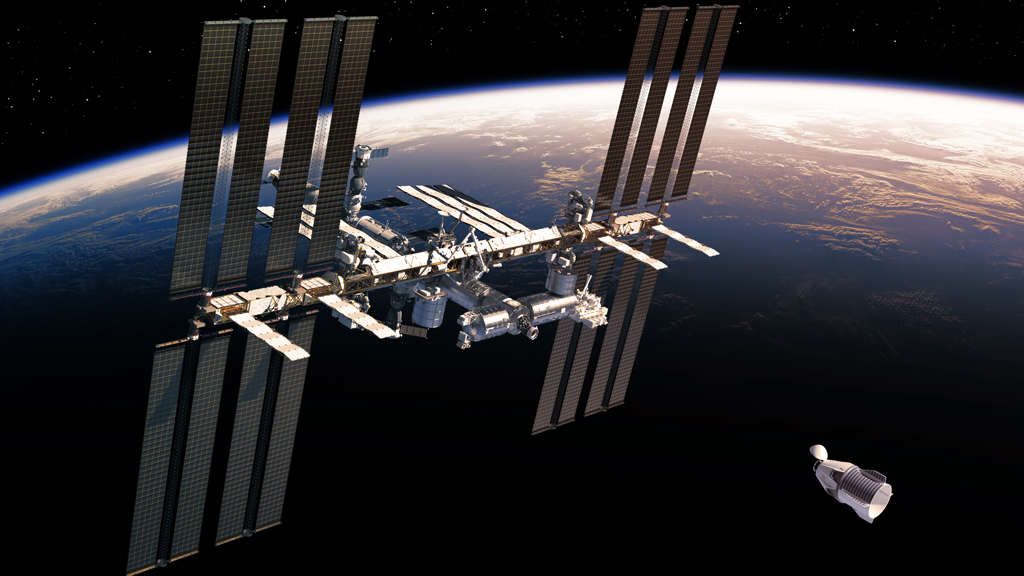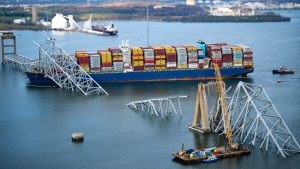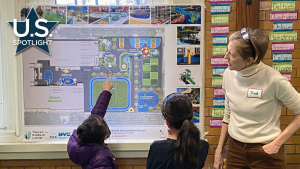WASHINGTON — The Association of Equipment Manufacturers (AEM) is highlighting new opportunities to build and research manufacturing techniques on the International Space Station (ISS).
An AEM release highlighted a recent effort by the U.S. Congress and the Center for the Advancement of Science in Space (CASIS) to generate manufacturer interest in the use of the ISS lab to “research manufacturing in space, bring new innovation back to earth and – ultimately – build a better world for us all.”
“With as many trips as rockets are making, it’s not going to be too far into the future that you can make products in space and bring them back to install,” ISS U.S. National Laboratory vice-president of programs and partnerships Christine Kretz said in a speech to attendees at AEM’s Annual Conference last fall.
Kretz added NASA and the U.S. Congress have shown interest in commercial work in space and development of a low-orbit economy where conditions such as microgravity can help build higher quality products.
“Not so far in the future, it is quite possible that the U.S. will have a low-orbit economy or, at the very least, possess the ability to make certain products exclusively in space,” the AEM release stated.
Interest has accelerated because the U.S. can now launch rockets to the ISS from its own territory, along with suitable equipment for manufacturing already in place on the ISS.
“Things are really coming into confluence in space. Prior to 2021, the U.S. still had to take our astronauts to Russia to put them into space,” Kretz said.
Funding has also increased with 245 venture capital organizations within CASIS observing what materials go in and out of the station while seeking investment opportunities, the release stated.
The station’s unique perspective also allows for massive amounts of data collection along with supercomputers provided by Hewlett-Packard and IBM for data analysis.
“We have a vantage point looking down on our planet 24/7, rotating the earth every 90 minutes and collecting a huge amount of data. With different kinds of sensors, we collect different kinds of data, whether it be data on methane gas pockets, plastics in the oceans, and different kinds of things. The sensors collect the data, and then it is available to you. So, you can ask for that data, or ask for a different kind of data that you want to be included,” Kretz said.
Additive manufacturing is currently occurring on the station, including printing materials such as ceramic, plastic and cell tissue. Thin layer deposition is roughly 10 times higher quality than on Earth, the release stated, and there are far fewer bubbles and less sedimentation.
“Products like semiconductors, medical implants, solar panels and consumer electronics could all be manufactured in space one day — potentially helping to alleviate issues such as the shortage of semiconductors,” the release stated.











Recent Comments
comments for this post are closed